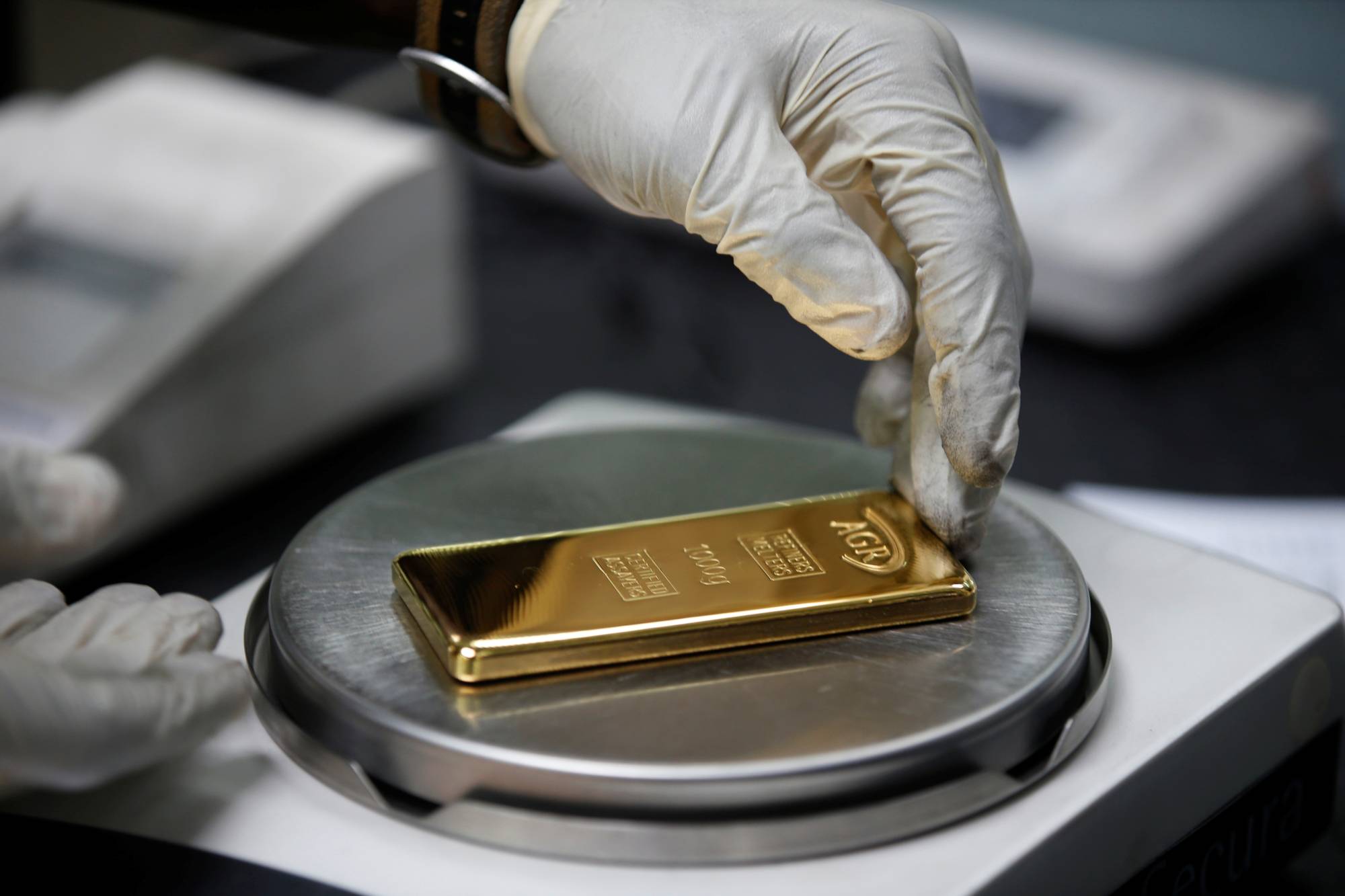Investors don’t really have a handle on what gold is or what it represents. Many erroneously believe gold is some sort of inflation hedge, because of our experience in the 1970s. It’s also not a hedge against stock market crashes, as we discovered in March. Gold is a hedge on government authorities making poor economic choices. Inflation is usually the result of those poor decisions, but people confuse cause and effect here. Gold is a hedge on policy makers screwing up, and there has been a lot of screwing up in the last 20 years.
Gold has significantly outperformed stocks this century, gaining about 555% versus 79% for the MSCI All-Country World Index of stocks and 146% for the S&P 500 Index. This is a direct result of significantly looser financial conditions, and no constraints on monetary and fiscal policy. From a financial perspective, the global economy is in a much worse place than 20 years ago, and there is no evidence that things are going to improve.
The year 2000 is of interest because financial conditions were very tight at the time. In the U.S., the target federal funds rate was 6.5%, real interest rates — or those after inflation — were strongly positive, the federal budget was balanced and the dollar was strong and getting stronger relative to other Group of 10 currencies. This was when the "strong dollar” doctrine preached by former Treasury Secretary Robert Rubin was still being pursued. A strong dollar increased the attractiveness of U.S. financial assets, especially Treasury securities, which helped to keep borrowing costs lower than they might be otherwise.


















With your current subscription plan you can comment on stories. However, before writing your first comment, please create a display name in the Profile section of your subscriber account page.